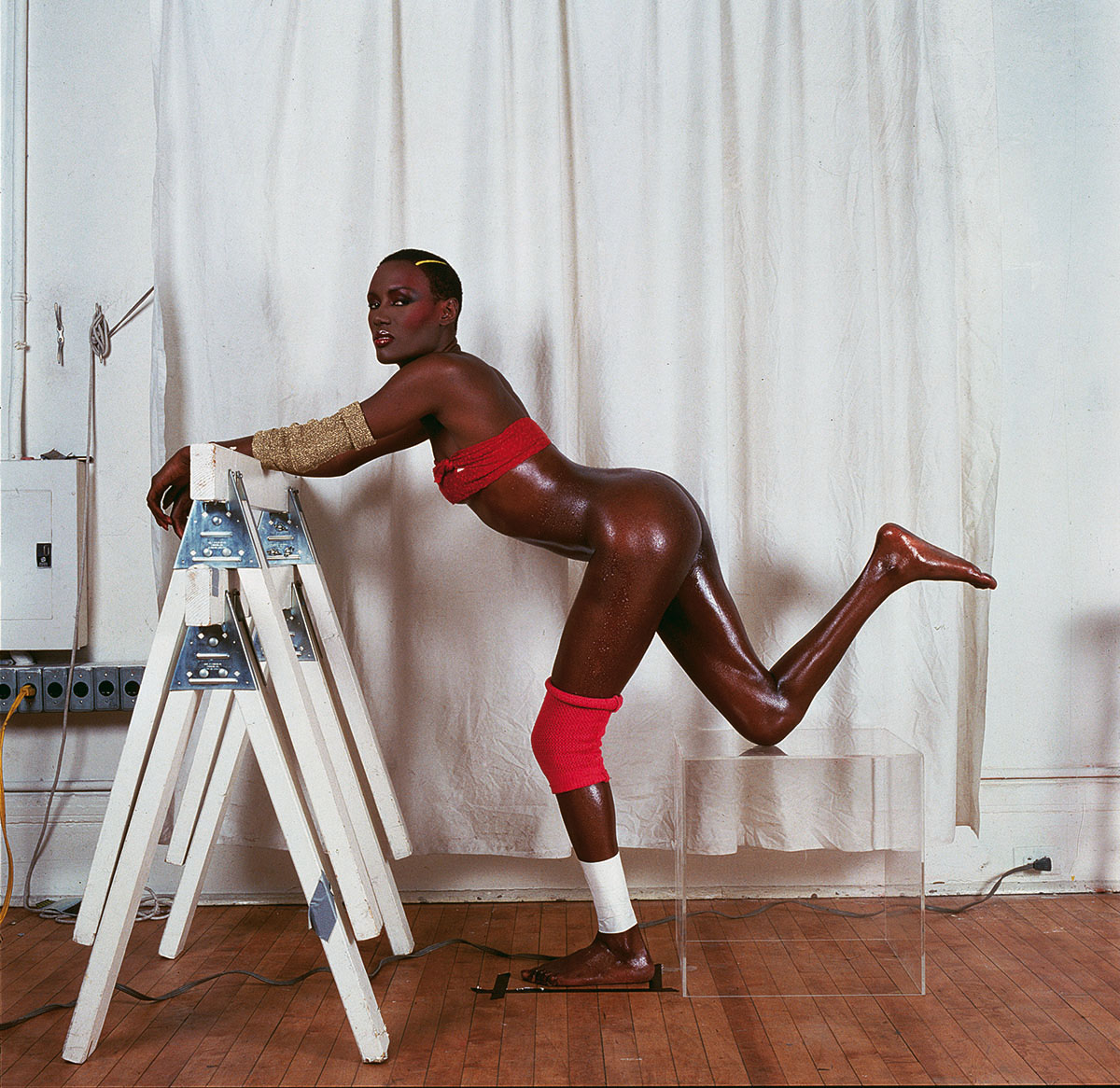In the film, we follow the story of hyper-feminine, preppy Christian cheerleader Megan Bloomfield, played by Natasha Lyonne in an early role. Despite the 2000s setting, she and everyone around her seem to dress in orange and brown pastels and evoke early 1960s fashion more than anything. However, unlike her peers, she is prudish towards her boyfriend, has posters of female models plastered across her locker and is… a vegetarian. Somehow, these behaviours have led her friends and family to believe that she is a lesbian, and she is sent off to a conversion therapy camp called True Directions, led by the tyrannical Mary Brown, played by Cathy Moriarty, and assisted by Mike, played by RuPaul. At this camp, contrary to what is being taught, most of the teens actually come to discover and understand themselves as who they truly are; Megan eventually finding romance with Graham, played by Clea DuVall.
Director Jamie Babbitt mostly emulates the visual and comedic style of John Waters, with a splash of Edward Scissorhands’ technicoloured suburbia and an absurdly rigid colour palate of bright pinks and blues to represent the girls and boys of the camp. This visual style stands out and is highly distinctive and impressive for a film on a micro-budget by Hollywood standards.
“But I’m A Cheerleader” is very much set apart from the gloomy narratives of many films with similar subject matter and succeeds in provoking and creating humour through ridicule of the regressive and absurd views held by the society Megan is living in. The satire already accurately captures the platitudes and greeting card sentiments surrounding mental illness and addictions, but the way the villains of the movie apply them to gay identity is honestly the most genius part of the film, with it also touching on gay life through witty jokes and references that will resonate with people in queer communities.
I also appreciated the diverse cast and personalities of the people who were in the camp, with some characters being more stereotypical as a form of comic relief, while others being complete opposites of what one would expect a gay man or gay woman to behave like. This added a level of nuance to the humour and drama, rather than hypocritically playing into tropes that people like Mary in the film believe about gay people’s ideas and behaviour.
Although I enjoyed this film thoroughly and will probably watch it several more times in my lifetime, one thing that I wanted more of was more of a rough and transgressive sense of humour than I’d expect from an early John Waters film. It was very humorous and intelligent, but didn’t go far enough to shock me or viewers with it’s jokes, not quite reaching the hilariously flagrant quotability of a film like “Female Trouble” or “Pink Flamingos”.
"But I'm A Cheerleader" stands as a unique gem in the landscape of teen romantic comedies, defying convention with its sweet, frothy exterior and subversive, acidic core. It remains a triumphant exploration of love, identity, and societal expectations, destined to be revisited, appreciated, and celebrated for its unique perspective on social issues in the many years to come.

















